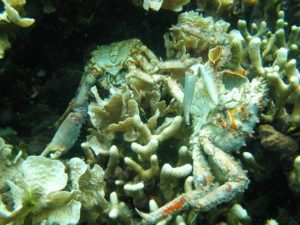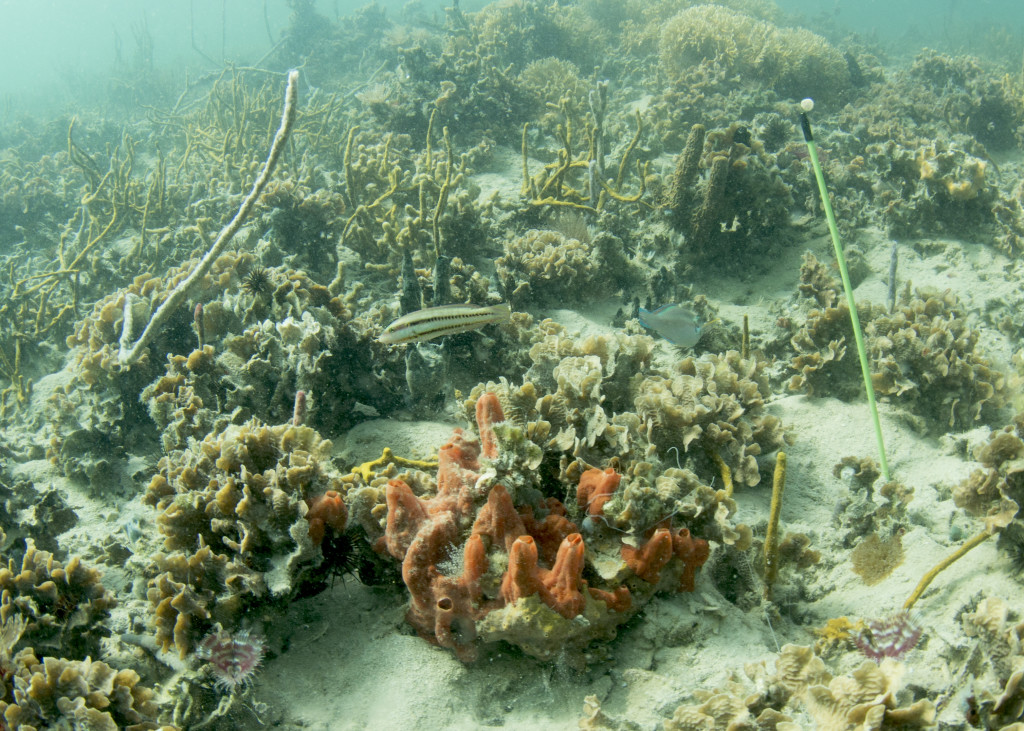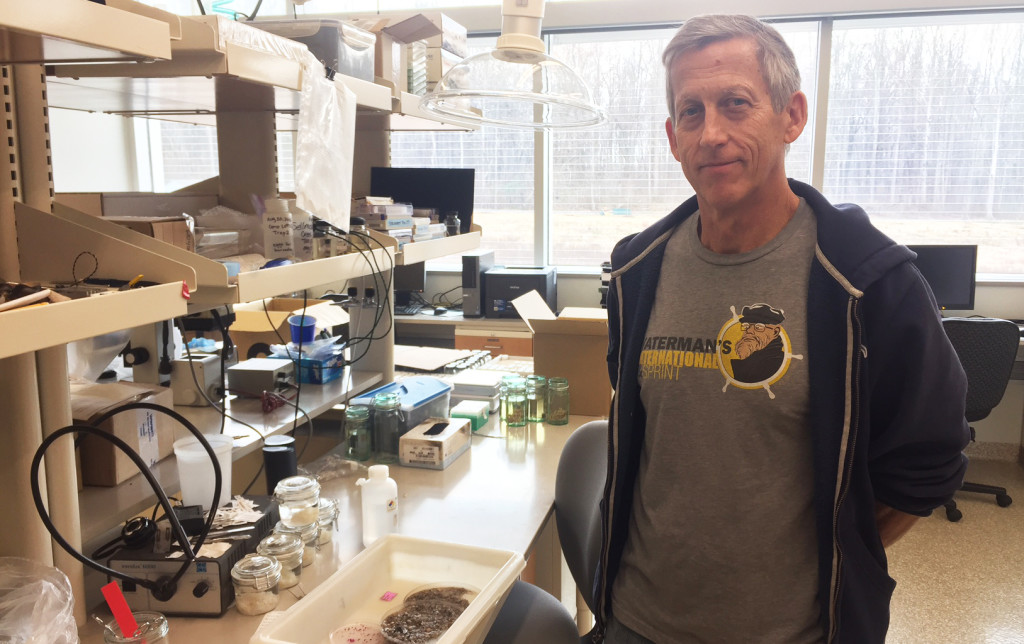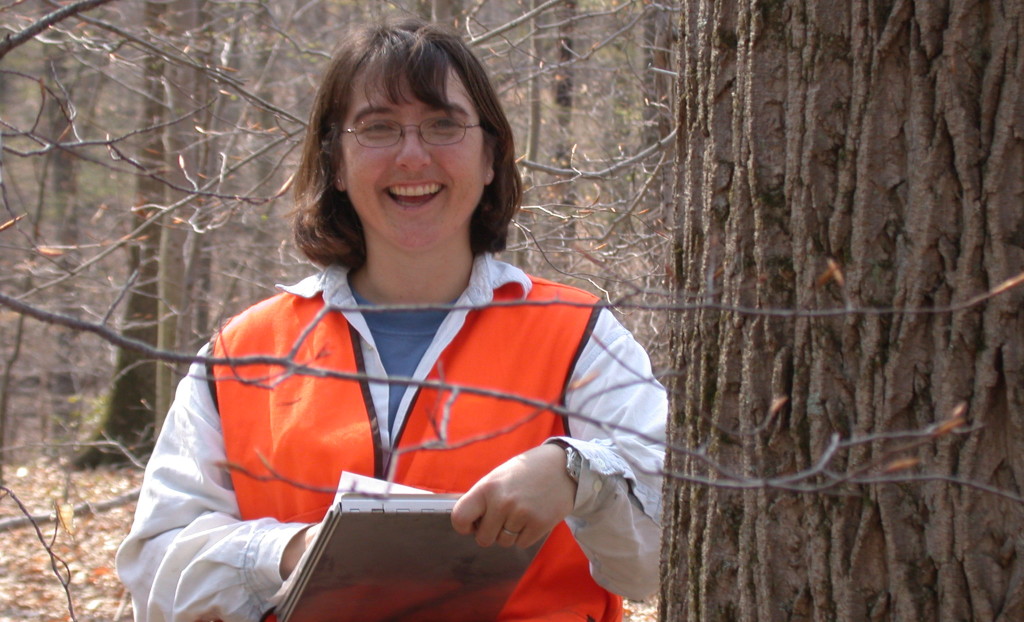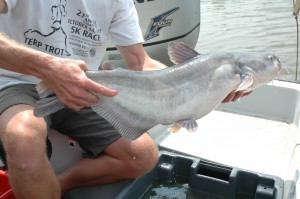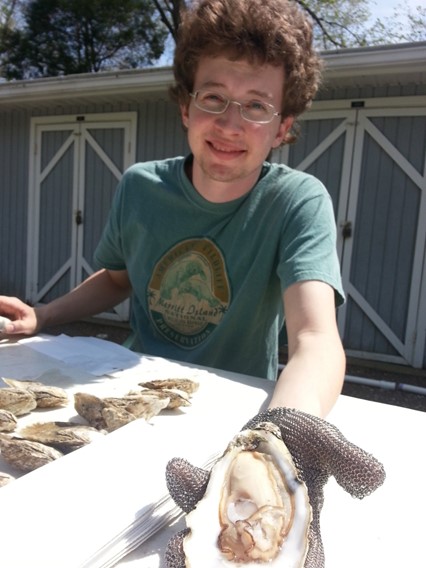by Cosette Larash
The eastern oyster (Crassostrea virginica) is one of the most important species in Chesapeake Bay. These shellfish filter the water, their reefs provide shelter for other marine species, and they’re an important seafood resource. But their numbers have hit a historical low due to overfishing, diseases like Dermo, and stressors such as hypoxia (low dissolved oxygen) and acidification (low pH).
Biologists with the Smithsonian Environmental Research Center (SERC) want to find out whether the double stresses of low oxygen and acidification can stunt oyster growth. Studies have shown that juvenile oysters grown under low oxygen are generally smaller than oysters grown under normal oxygen conditions. However, scientists still don’t know how these oysters fare over the long term. The answers could help aquaculture and oyster restoration projects all over the Chesapeake adapt to the often extreme conditions beneath the surface. Click to continue »


